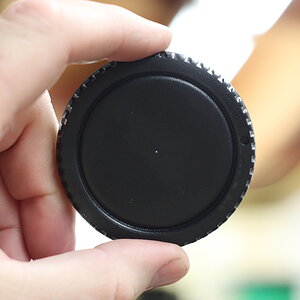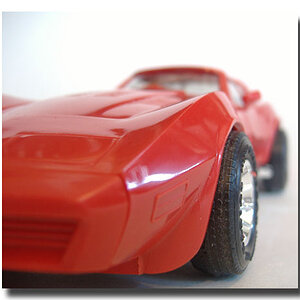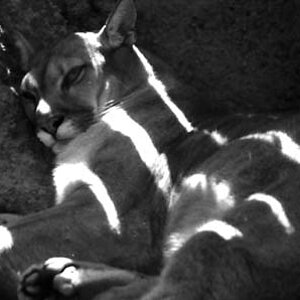Foxtrot_01
TPF Noob!
Hello all,
I had a questions involving backgrounds, I have seen some great shots were the background is crisp white, are these digital backgrounds done with PP or are they just paper backdrops?
I recently did my first photoshoot and going thru the pictures I noticed the my white muslin looked gray and I forgot to notice some wrinkles on it. what is the best solution to deal with this?
any iceas?
thanks
I had a questions involving backgrounds, I have seen some great shots were the background is crisp white, are these digital backgrounds done with PP or are they just paper backdrops?
I recently did my first photoshoot and going thru the pictures I noticed the my white muslin looked gray and I forgot to notice some wrinkles on it. what is the best solution to deal with this?
any iceas?
thanks



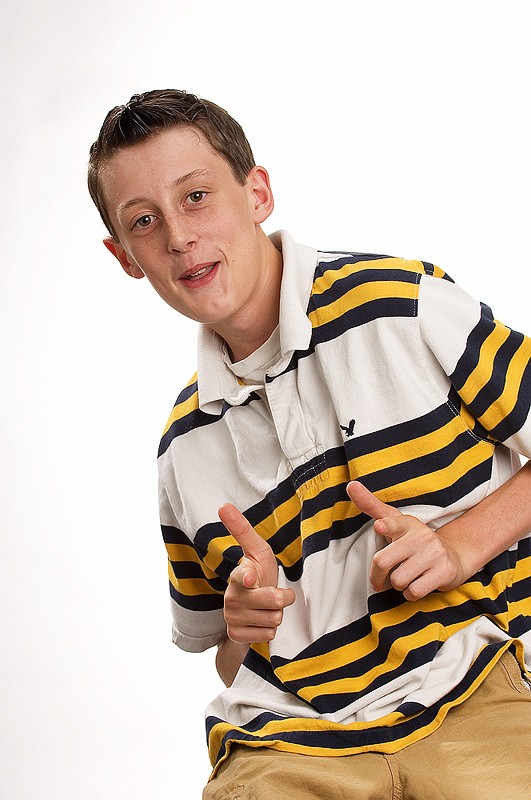
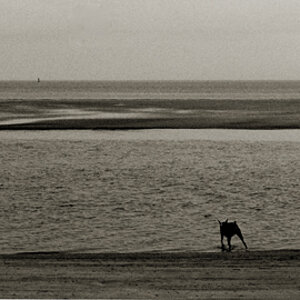
![[No title]](/data/xfmg/thumbnail/36/36301-27972c0474532c2ef657014362950733.jpg?1619737495)
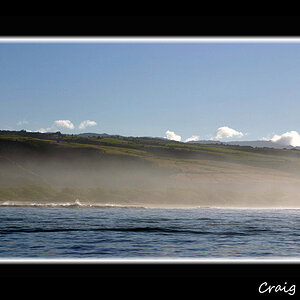
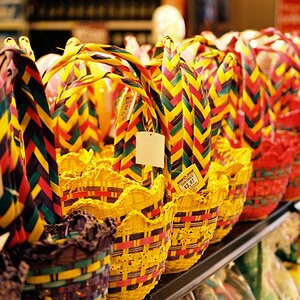
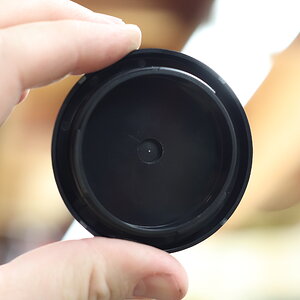
![[No title]](/data/xfmg/thumbnail/31/31750-f3936d67895e1ef2756eb06d7b15fe9c.jpg?1619734990)
